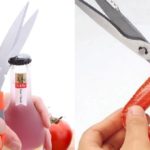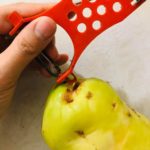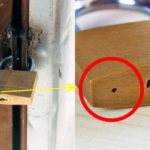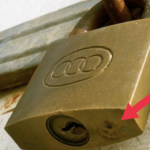What Are the Functions of the Small Hole and Serrated Edge on the End of a Tape Measure?
A tape measure is a measuring tool designed to calculate lengths and distances. It typically comes in the form of a strip of material with pre-printed measurement units that can be extended and retracted. Tape measures are essential not only in construction and industry but also in our everyday lives.
On a tape measure, there are markings and indicators to assist users in reading and interpreting measurements accurately. The markings usually include measurement units (cm, inches), hash marks, graduation marks, and studs. The numbers on the tape measure help users read the measurements precisely.
Tape measures are commonly made of rust-resistant stainless steel or alloys to ensure durability and reliability. This material makes the tape measure resistant to scratches and suitable for withstanding harsh working environments.
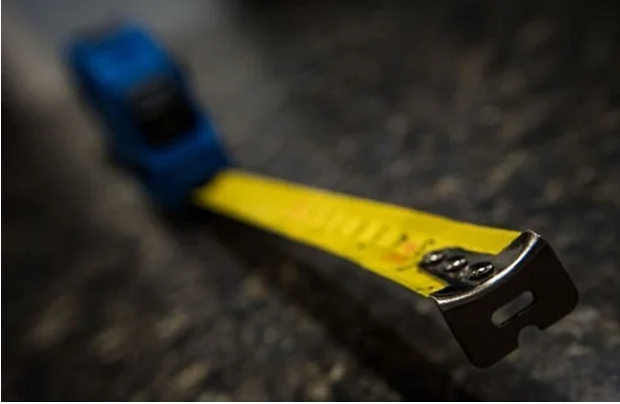
The ends of tape measures are often equipped with a small hole and a serrated edge, the functions of which many are unaware of. (Photo: Pinterest)
Tape measures are constructed with retractable tapes. When the tape is extended, it automatically recoils due to the spring tension within the reel. This operating principle makes tape measures highly functional and easy to use.
There are unique design features on tape measures that enhance their functionality. For instance, the ends of tape measures often have a small hole and a serrated edge, leading many to wonder about their intended purposes.
In reality, these design elements serve specific purposes.
Securing the Tape
The small hole on the tape measure is designed for you to attach the tape to a nail or peg, anchoring the tape before you start measuring a distance. By hooking the hole onto an object, you can measure several meters without the need for an additional person to hold the start of the tape measure.
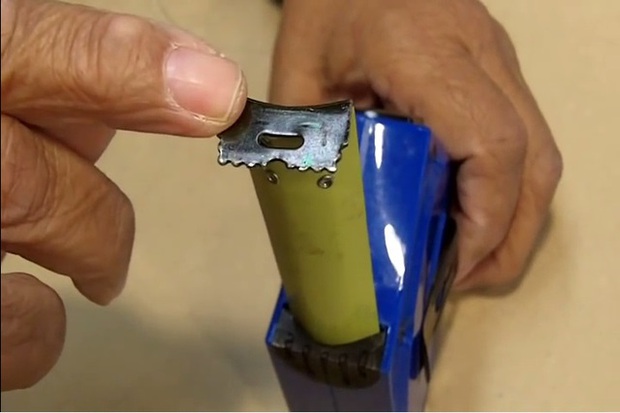
The small hole on the tape measure is designed for you to attach the tape to a nail or peg. (Photo: Pinterest)
Marking Locations
The serrated edge on the tape measure functions like a marking tool. You can use it to scratch a mark at the point where you have measured in case you don’t have a pencil handy.
Uses of Tape Measures
Measuring Height: Tape measures are useful for determining the height of an object or a person.
Measuring Width: You can utilize tape measures to calculate the width of a window, a board, or any other object.
Measuring Radius: Tape measures also come in handy for determining the radius of a circle or a rounded object.
Measuring Distance Between Points: With a tape measure, you can measure the distance between two points on a flat surface.
Measuring Circumference of Round Objects: When you need to know the circumference of a circle, a tape measure is a useful tool.
Checking Product Dimensions: Tape measures assist you in verifying the dimensions of products like clothes and shoes before purchasing or using them.
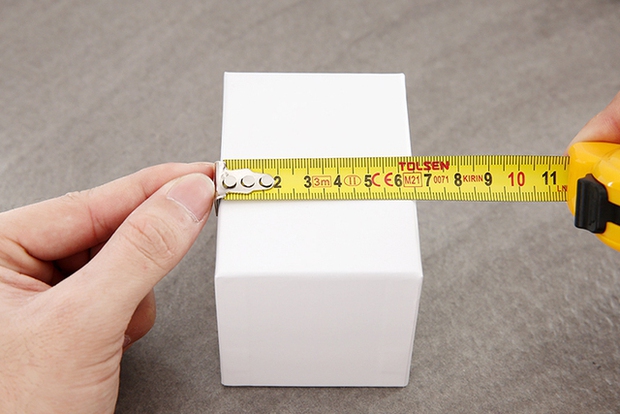
Tape measures are essential not only in construction and industry but also in our everyday lives. (Photo: Pinterest)
How to Use a Tape Measure Properly
To use a tape measure accurately, position the tape flat against the surface of the object being measured, avoiding any overlaps, extend the tape without straining it, and read the measurement precisely.
Common Mistakes in Using Tape Measures and How to Fix Them
When using tape measures, avoid mistakes such as straining the tape, positioning the tape incorrectly, or reading the measurement inaccurately. To correct these, follow the usage instructions, inspect the tape measure before use, and read the measurement carefully.
Tips for Storing and Using Tape Measures
After use, tape measures should be stored properly to ensure their durability and accuracy. Users should rewind the tape neatly, avoiding any twisting or kinking that could damage the tape.
To clean the tape measure, use a soft cloth or a small brush to remove dirt and dust. Avoid using harsh detergents, as these can damage the tape measure.
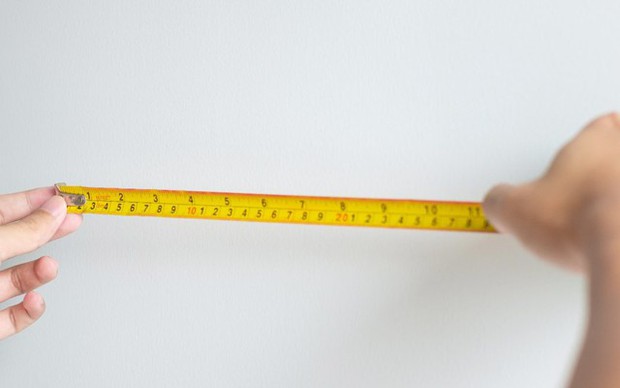
When using a tape measure, users should adhere to safety regulations to prevent accidents. (Photo: Pinterest)
Tape measures can become damaged due to improper use, forceful impact, or incorrect storage. To prevent damage, users should handle the tape measure with care and store it in a dry environment.
When using a tape measure, it is important to observe safety regulations to avoid accidents. Ensure that the work area is clean and slip-free, and utilize the tape measure cautiously to prevent injuries to yourself or others.
This article outlines the functions of the small hole and serrated edge commonly found on tape measures. It also covers information on proper usage, storage, and maintenance tips for tape measures. I hope this information enhances your understanding of tape measures and enables you to use them efficiently.
Summary


























